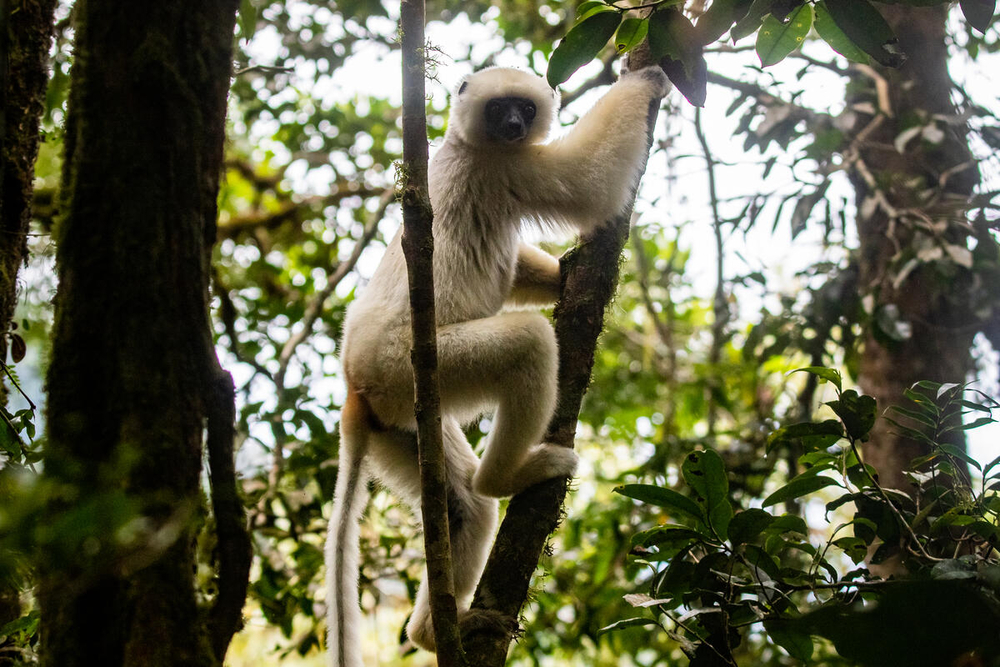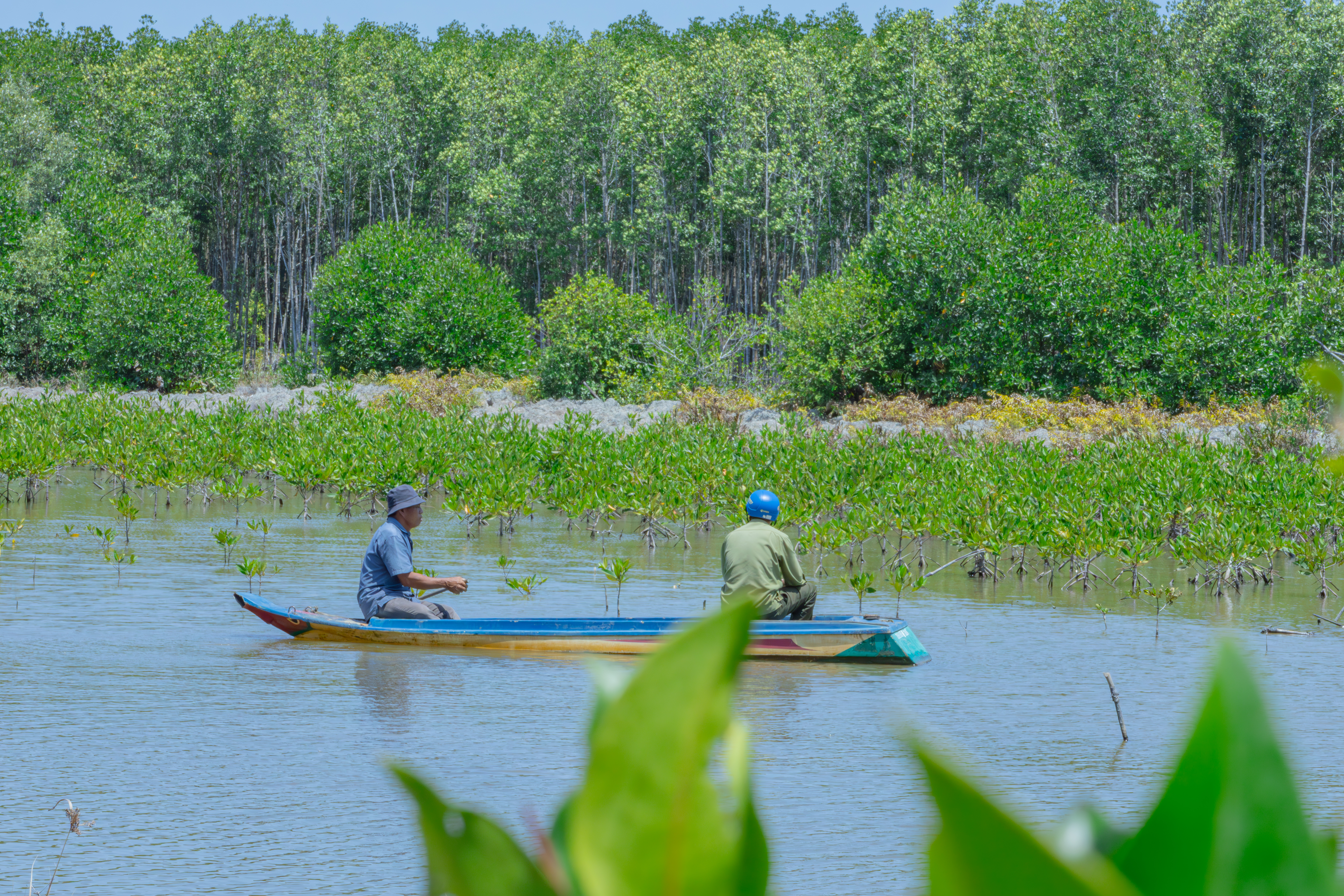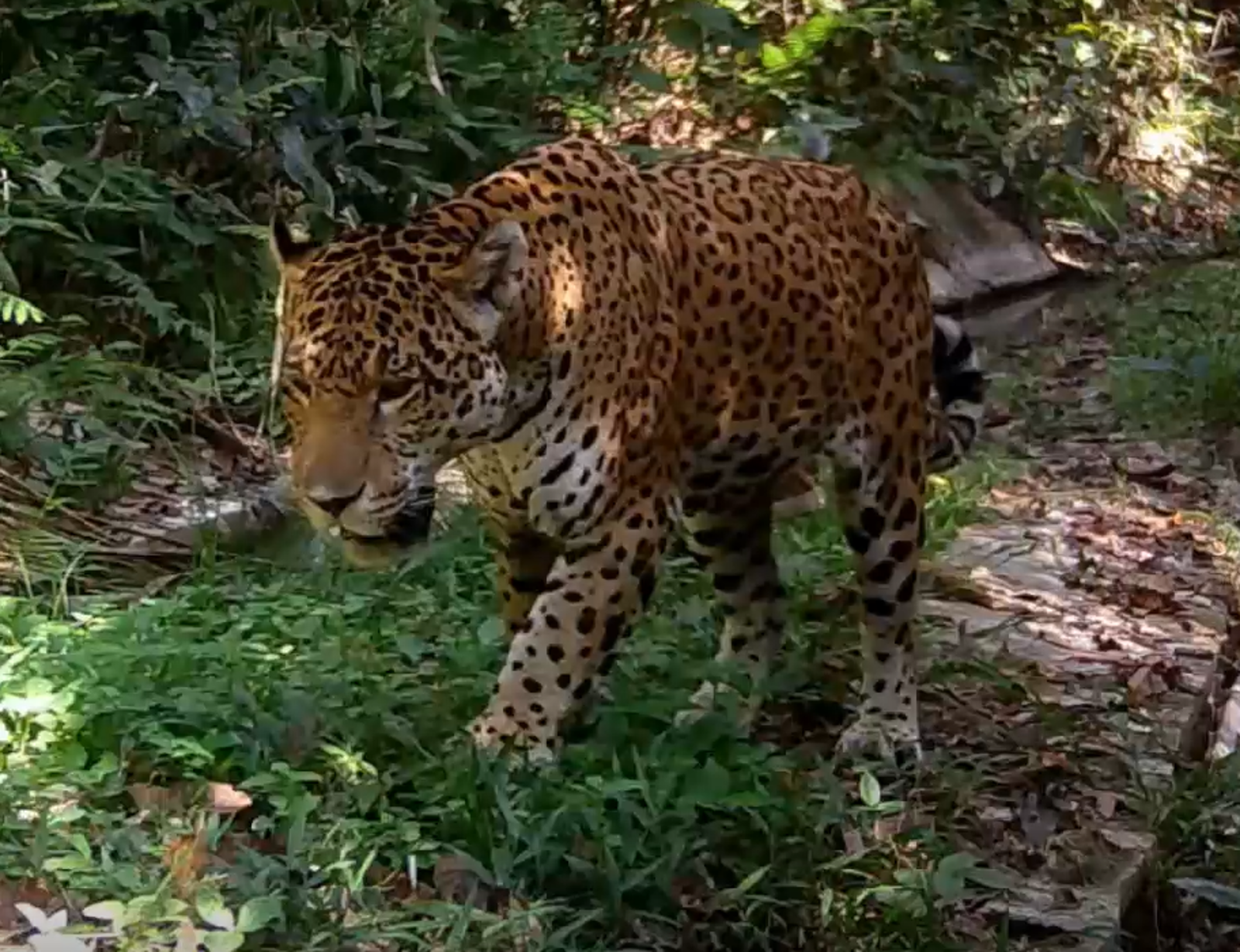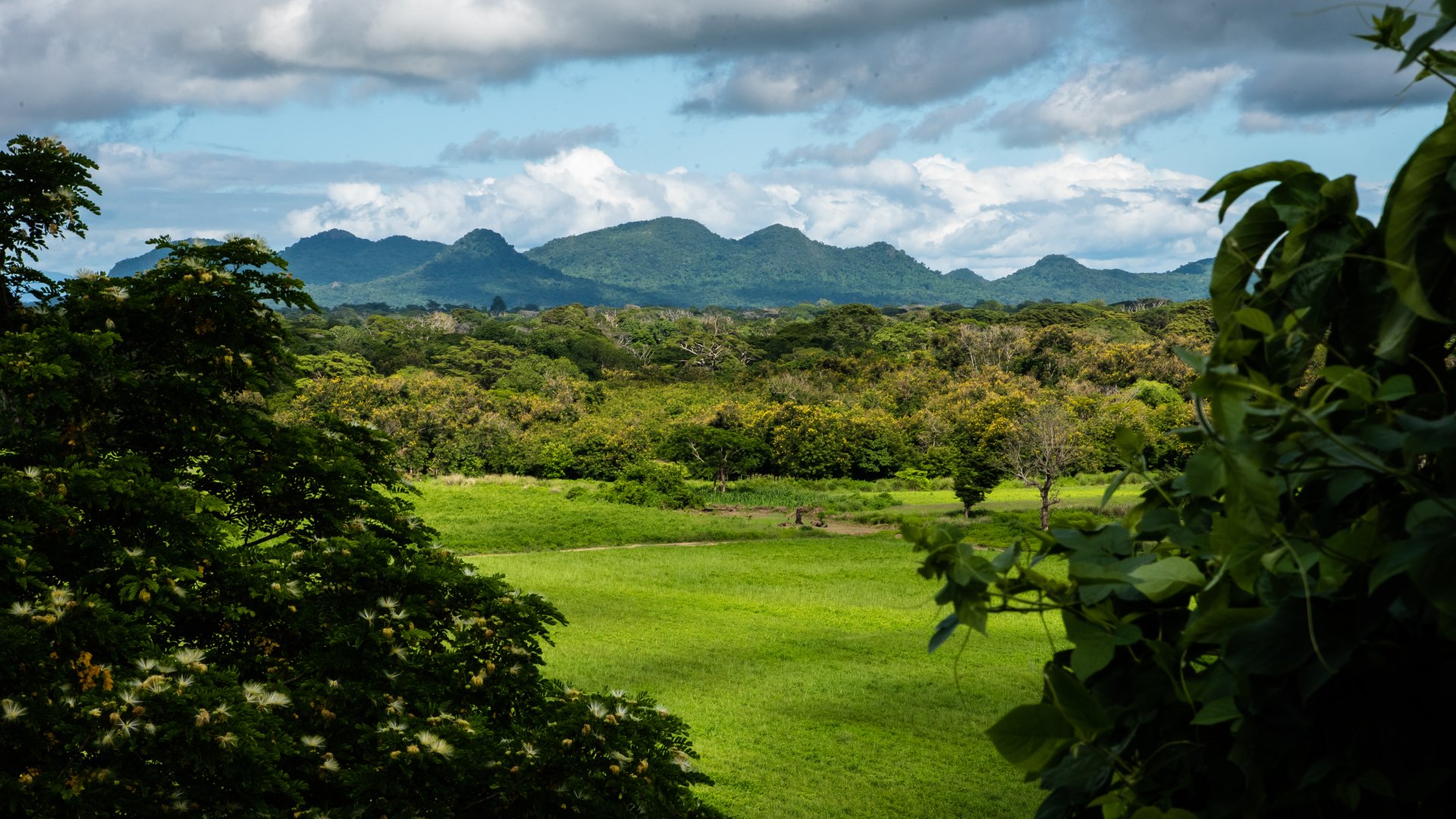Investing in Nature: Incorporating Biodiversity into Climate Investments
Biodiversity is crucial to the DFCD's mission, and the Origination Facility (OF) plays a key role in addressing it as an impact theme, alongside climate mitigation, adaptation, GESI, and food and nutrition security. By prioritising biodiversity, the OF places nature at the heart of its objective to build resilient communities and ecosystems while supporting scalable business investments.
Why focus on biodiversity?
The urgency to address biodiversity loss alongside climate change has never been clearer. The simultaneous challenge in nature and climate is often described as a twin crisis, and they are deeply interconnected: healthy ecosystems bolster climate resilience, while a stable climate helps safeguard nature. However, human-driven biodiversity loss threatens to destabilise these systems, with the potential to disrupt economies, communities, and ecosystems.
For businesses supported by the OF, biodiversity presents both challenges and opportunities. On the one hand, preventing biodiversity loss can involve regulatory restrictions, supply chain complexities, and traceability demands. On the other hand, integrating biodiversity conservation and restoration into business models unlocks opportunities in eco-products, enhances value propositions, and strengthens climate resilience.
According to WWF’s Biodiversity Guide for Business, “All businesses rely on biodiversity, be it for direct inputs (e.g., water or fibres), business-enabling ecosystem services (such as pollination, water regulation or soil fertility), or indirectly through the dependencies of [their supply chains]. Conversely, businesses also impact biodiversity […] through direct or indirect exploitation, pollution, land use change, and [other activities].” In addition, the World Economic Forum estimates that nature-positive policies and investments could create 395 million jobs by 2030, reinforcing the economic potential of biodiversity-friendly business practices.
To address this, the OF aims to identify and enhance business cases with strong biodiversity benefits, improving their commercial viability to attract more investment. By addressing biodiversity as a core focus, the DFCD aims to help close the USD 700 billion annual biodiversity finance gap and make a meaningful contribution toward the Global Goals.
 The critically endangered Silky Sifaka in Madagascar's Northern Highlands. © WWF-Madagascar / RAKOTONDRAZAFY A. M. Ny Aina
The critically endangered Silky Sifaka in Madagascar's Northern Highlands. © WWF-Madagascar / RAKOTONDRAZAFY A. M. Ny Aina
Our approach
The DFCD’s Origination Facility benefits from the combined expertise of its partners, WWF and SNV. With their global network and on-the-ground presence, they can identify context-specific solutions tailored to local biodiversity challenges. Working through local offices, and employing its landscape approaches, the OF supports businesses to integrate biodiversity considerations into their operations, to generate benefits related to the protection, conservation and reduction of biodiversity loss.
Our commitment
The DFCD’s OF ensures that all projects do no harm to biodiversity – in line with IFC Performance Standard 6. Beyond that, at least 25% of projects will achieve a positive impact on biodiversity. The OF prioritises initiatives that promote the protection, enhancement, and sustainable use of ecosystems, species, or genetic resources.
 Forest ranger and villager observing mangrove seedlings planted by Camimex, an organic shrimp company in Ca Mau province, Vietnam. © SNV/Hai Tran Van
Forest ranger and villager observing mangrove seedlings planted by Camimex, an organic shrimp company in Ca Mau province, Vietnam. © SNV/Hai Tran Van
Putting this into practice
To meet our commitment, the OF is investing more time, attention and funds in projects that positively impact biodiversity. This will include proposed investments that utilise Nature-Based Solutions (NbS) following IUCN’s Global Standard and UNEP’s guidance.
Examples include:
- Camimex (Vietnam): Expanding its mangrove-shrimp aquaculture model, Camimex restores degraded mangrove forests near protected areas. This stabilises ecosystems, reduces encroachment, and enhances habitats both on and off farms.
-
JohnVents Industries (Nigeria): Supporting cocoa farmers in adopting agroforestry practices, JohnVents helps preserve shade trees, protect the mapped areas of biodiversity value in their cocoa farms, enhance biodiversity, and improve farmer livelihoods.
- Amazonas (Bolivia): Conducting biodiversity baseline studies, WWF identified wildlife populations and informed sustainable land management practices to balance conservation and economic activity.
- Beyond Good (Madagascar): This project collaborates with smallholder cocoa farmers to adopt agroforestry practices that protect endangered species while promoting sustainable livelihoods.
 Jaguar captured on Amazonas’ camera traps. © Amazonas
Jaguar captured on Amazonas’ camera traps. © Amazonas
Looking ahead
The DFCD’s Origination Facility will continue to support a variety of projects with clear biodiversity benefits in the coming years, enabling positive outcomes for biodiversity, alongside climate adaptation and mitigation. By sharing insights and results, the DFCD aims to demonstrate how private investments can reduce biodiversity loss, scale up restoration and conservation efforts, and close the biodiversity finance gap.
Header image: Cocoa forest in Madagascar. ©Beyond Good

